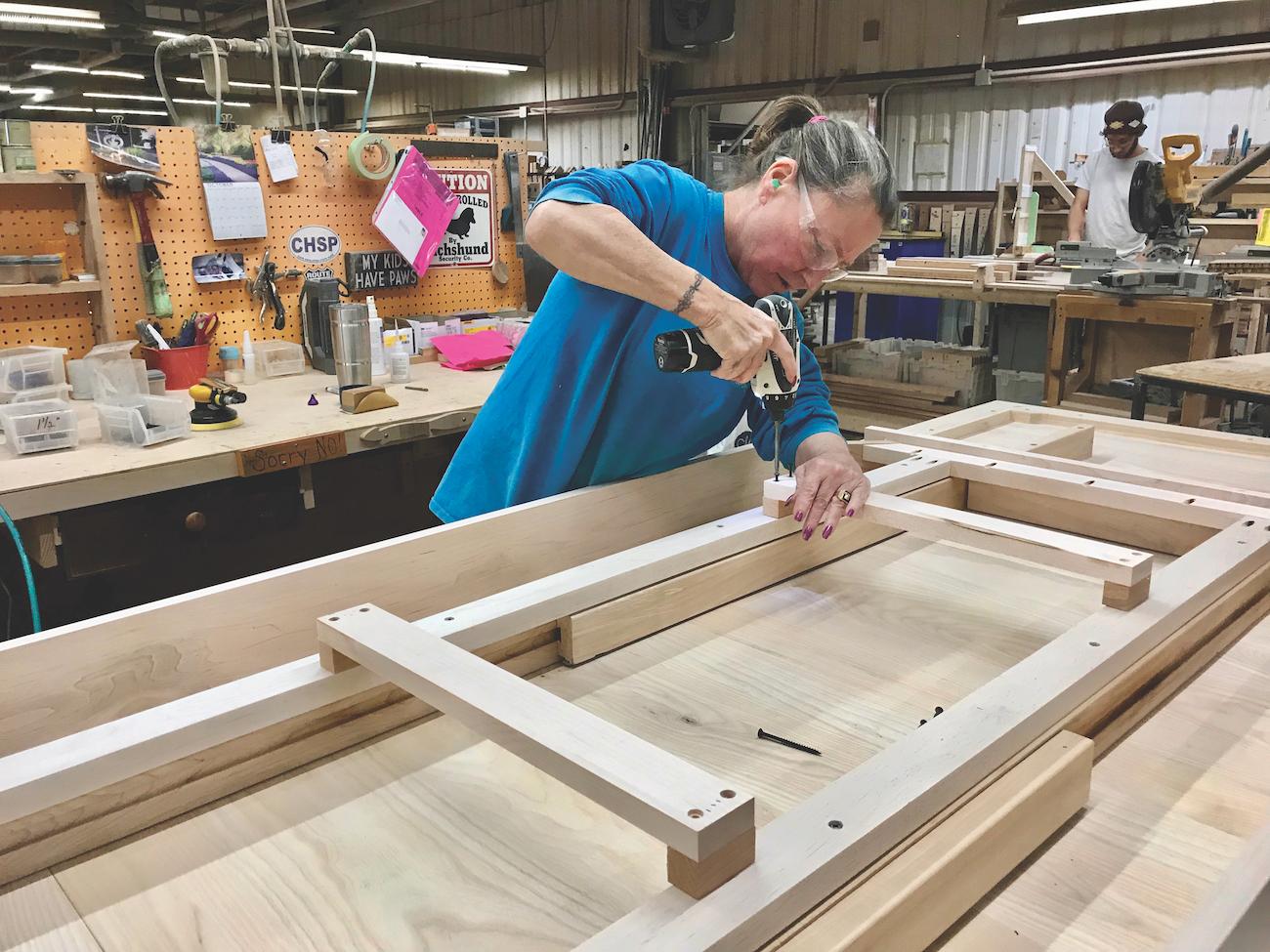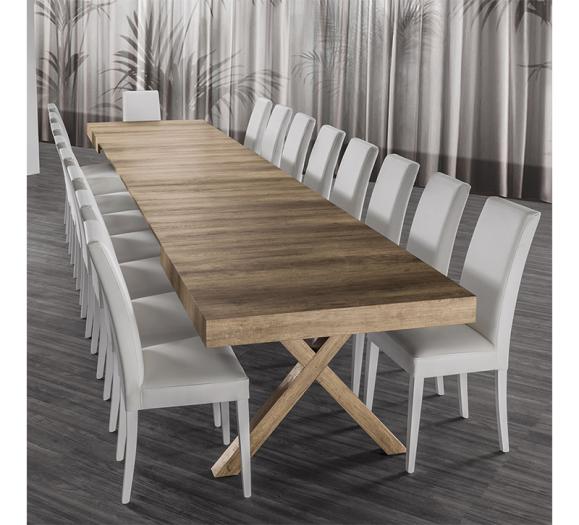As consumers pay attention to wellness in their homes — COVID has further elevated that focus — sustainability has again taken on an urgency in consumer purchases, including home furnishings. Whether it’s knowing where materials are sourced, if they’re recyclable, reclaimed or easily replaced; understanding energy efficiencies in manufacture or a slew of other environmentally friendly attributes, sustainability is an area of emphasis once again for consumers and manufacturers.
“Consumers are concerned about sustainability issues,” says Susan Inglis, Executive Director of the Sustainable Furnishings Council (SFC). “If it’s [furniture] affordable for them and also eco-friendly, that makes them buy it.” What consumers want to know about their furnishings, she continues, is where it’s made, what it’s made of and how it’s made. This renewed attention on sustainability in home furnishings has given manufacturers focused on better practices an additional platform to connect with their customers through the education of the steps they are taking toward environmental protections.
Getting the Message Out
SFC provides a platform for companies in the home furnishings industry to share the efforts they take to protect the planet, in varied ways. “SFC members take immediate steps to minimize carbon emissions, waste stream pollutants, un-recyclable content and primary materials from unsustainable sources from any product platform under their control,” the organization’s mission statement reads.
According to Inglis, there are many factors that can impact a company’s sustainability, which are detailed in SFC member profiles. As consumers become more familiar with the buzzwords associated with environmental sustainability, it’s important for companies adhering to these practices to be transparent and share the initiatives they have taken toward this end.
“[Because of COVID], consumers are nesting more than they ever have and they want a healthy home,” says Gat Caperton, President and CEO of Gat Creek, a founding SFC member. In addition to being a U.S. manufacturer that uses locally sourced, renewable woods, Gat Creek monitors VOCs, ensuring 99.9 percent emission-free products before they leave the factory. The company also employs measures to reduce its energy consumption and lower its carbon footprint.
Circularity
According to Inglis, a key focus on consumers’ minds in today’s sustainability efforts is the concept of circularity. “Trending with consumers today is anything recycled or reclaimed,” says Inglis. “A big buzz in sustainability is circularity, taking responsibility for the end of life for your product. When you’re tired of this sofa, don’t just put it out on the street, we will take it back.” As consumers embrace this notion of circularity in home furnishings, there are manufacturers and retailers that are rolling out new business models that allow for a consumer to return furniture for upgrades and/or discounts when they are ready to move. Those furnishings are then upcycled and placed back on the market at discounted prices. One such company is TXTUR, a division of U.S. manufacturer, Chervan Furniture. TXTUR’s business model allows consumers to purchase furniture and return it for discounts on new pieces. The company picks up the old furniture and refurbishes it for the next client rather than allowing it to end up in landfill. (see the full story in the Oct. 2020 issue of Furniture, Lighting & Decor).
This notion of circularity doesn’t stop at the manufacturer level either. Several home furnishings retailers have also embraced this recycling concept. Companies such as Feather offer subscription-based furniture “rentals,” for example. The company realized that as consumers move — the average consumer between the ages of 18 and 40 moves 12 times — they are often looking for new furnishings for their spaces. Rather than purchasing disposable furniture with each move, the idea behind feather (livefeather.com) is a subscription-based approach that allows customers to “rent” furniture for as long as they need it, even if it’s rent-to-own. When they are done, the company picks up the furniture and provides an opportunity for customers to get the next level of furnishings they need for a new space. The retailer’s focus is urban areas where consumers tend to move frequently.
For manufacturers, there are life-cycle certifications as well, which allow companies to tout the recyclability of their products. Some of the more well-known certifications include Cradle-to-Cradle or being certified as a B Corp. While these certifications currently have more influence with companies that produce more disposable products, they are becoming more well-known in the home furnishings industry.
With more expensive, higher-end products however, which is often the case in furniture, these are not as disposable, as consumers who have invested will hold on to them for longer time periods, in effect, reducing landfill occupancy. Gat Creek’s Caperton, for example, says, “We’re really good at what we do, and our products tend to have a long life. We manufacture so our pieces last a long time.”
There are so many aspects to sustainable home furnishings manufacturing processes, and as consumers become more informed, the industry is stepping up to provide not only products that enhance the beauty and comfort of the home, but also those that promote wellness — in the home and the environment.







